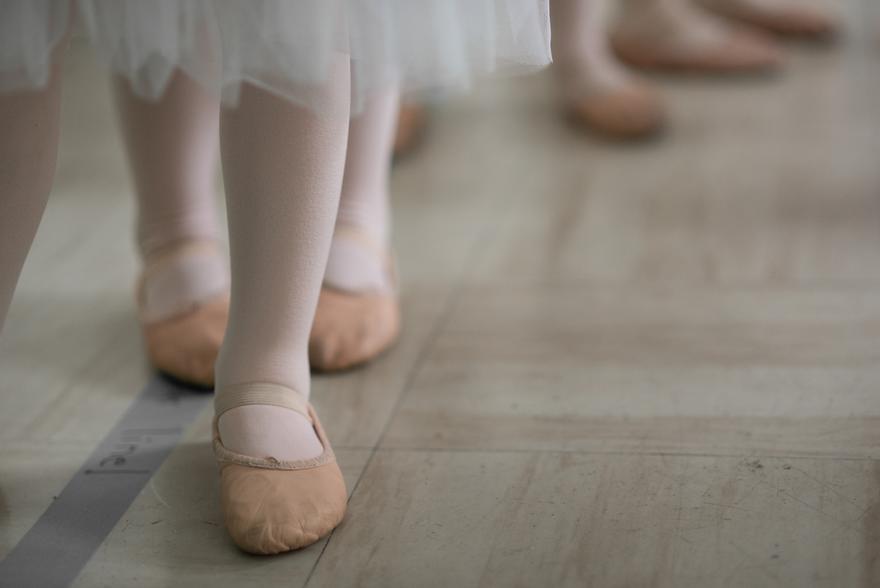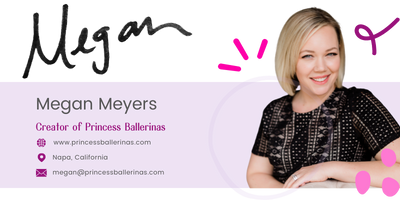Class Scheduling Strategies for a Successful Preschool Dance Program

We understand the importance of providing a top-notch preschool dance program that not only delights the youngest dancers but also saves you precious time and effort.
Today, we want to share some valuable insights into class scheduling strategies that will help you create a successful and thriving preschool dance program.
- Prioritize Consistency:
Consistency is key when it comes to nurturing the love for dance in young children. Establishing a regular class schedule helps create a sense of routine and familiarity, making it easier for children to engage and participate. Aim for consistent class timings and avoid frequent changes, as this can disrupt the child's routine and impact their enthusiasm for dance.
- Age-Appropriate Class Durations:
Preschool-aged children have shorter attention spans, so keeping class durations age-appropriate is crucial. Opt for shorter classes, typically ranging from 30 to 45 minutes, to maintain the children's focus and energy levels. Breaking down the class time into smaller segments with engaging activities ensures that the young dancers remain actively involved throughout the session.
- Small Class Sizes:
Preschool dance classes thrive in an environment with smaller class sizes. By keeping the student-to-teacher ratio low, you can provide more individual attention, fostering a positive learning experience. Smaller groups also allow for better management and easier implementation of choreography and interactive activities.
- Theme-Based Lesson Plans:
Incorporating a theme-based approach in your preschool dance program adds an element of excitement and imagination. Our Princess Ballerinas Lesson Plan Membership offers two ready-to-use lesson plans based on a new fun and fresh theme each month. These themed lessons spark creativity and keep the children engaged while learning essential dance skills. Remember to tie the themes into your class scheduling, allowing children to explore various dance styles throughout the year.
- Flexibility and Adaptability:
Flexibility is vital when it comes to scheduling preschool dance classes. Offering multiple class times throughout the week allows parents to choose the most convenient option for their child. Be open to adjusting your schedule periodically based on the needs of your students and their families. Consider conducting surveys or seeking feedback from parents to ensure that your schedule aligns with their preferences.
As dance studio owners and teachers, we have the incredible opportunity to introduce young children to the world of dance and inspire their passion for movement. By implementing effective class scheduling strategies, such as prioritizing consistency, age-appropriate durations, small class sizes, theme-based lesson plans, and flexibility, we can create a successful preschool dance program that delights both the children and their families.
Remember, your dedication and commitment to providing the best preschool dance experience will leave a lasting impact on these young dancers, fostering a love for dance that may continue for a lifetime. Keep up the amazing work, and together let's create magical moments in the lives of these budding ballerinas!
If you're interested in exploring our Princess Ballerinas Lesson Plan Membership, visit our website to discover how it can enhance your preschool dance program.
Happy dancing!

